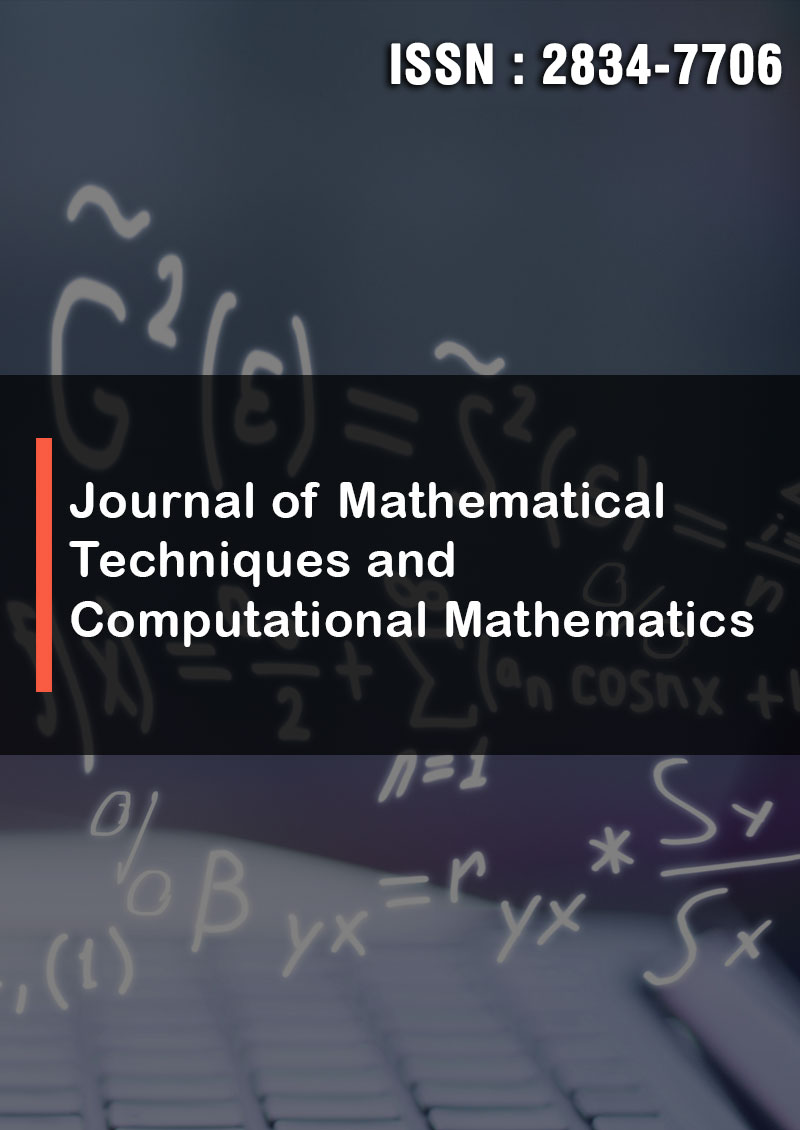Study of Earth’s Obliquity Evolutionary History by Advanced Kinematic Model
Abstract
Bijay Kumar Sharma
NASA’s press release of ‘Moon having receded by 1 m from Earth in a quarter of century’ on the Silver Jubilee Anniversary (20 July 1994) of Man’s landing on Moon led to the development of the Kinematic Model (KM) of evolving Earth-Moon System (E-M system). Best fit KM parameters is adopted for the analysis of evolving E-M system assuming the present length of day of Earth to be 24 hours, sidereal orbital period of Moon divided by spin period of Earth = LOM(length of month)/LOD(length of day) = 27.322 and the age of Moon=4.467Gy. Using the best fit model parameters the velocity of recession of Moon is derived as 2.3cm/y as compared to 3.7cm/y by Lunar Laser Ranging experiment (Dickey et.al. 1994) [1]. Matija Cuk et.al (2016) have proposed a new model for the birth and tidal evolution of our natural satellite Moon born from impact generated terrestrial debris in the equatorial plane of high obliquity, high angular momentum Earth [2]. Using Moon’s orbital plane inclination angle (α), Moon’s obliquity (β) and eccentricity(e) of Moon’s orbit around Earth the advanced KM was developed and used for predicting the evolutionary history of Earth’s obliquity from a (semi- major axis of Moon) = 45RE = 2.96695×108 m (Cassini State Transition orbit) to the present a = 60.336RE = 3.844×108 m [3]. The present paper is sequel to the paper Sharma (2024) [5]. In the Advanced KM. (Φ)-Earth’s obliquity, (α)-Lunar orbital plane inclination, (β)-Lunar Obliquity and (e)-eccentricity of Moon’s orbit around Earth have been included. It has been shown that with the present epoch value of Φ = 23.4°, α = 5.14° , β = 1.54° and e = 0.0549, the general equation describing the evolution of E-M system from 45RE=2.96695×108 m to the present a = 60.336RE = 3.844×108 m yields (Length of Month/Length of Day) = 27.32 with fine tuning of globe-orbit parameters within its measurement error margin. But the tension between the predicted and the observed velocity of recession could not be removed even in the Advanced KM. This tension constrains Moon to be in an accelerated expanding spiral orbit where it recedes from 3.274×108 m to the present orbit 3.844×108 m in 1.2Gy time span. In the classical model this spiral expansion took 1.9Gy where it monotonically expanded spirally from 18,000Km to 384,440Km.. In the new hypothesis according to Cuk et.al. of Moon’s origin from high obliquity, high angular momentum Earth, Moon initially spirals out in chaotic manner with the lunar expansion getting stalled at Laplace Plane Transition as well as in Cassini State transition [2]. Plus in multiple-impact scenario of Moon formation according to Rufu et.al. also results in a delayed formation of full size Moon [4]. Both these factors result in a longer transit time from 18,000Km to 3.012×108 m of 3.267Gy. This results in an accelerated phase from 3.012×108 m to 3.844×108 m in 1.2Gy subsequently resulting into radial recession rate of 3.7cm/y. In the Advanced KM, 3.267Gy is spent in spiral orbital expansion from 3RE to 45RE but in fits and 1.2Gy is spent in accelerated monotonic spiral expansion from 45RE to 60.336RE. Hence this model is called fits and bound model. This also results in a much better match between observed LOD curve and theoretical LOD curve as is shown in a sequel paper [5]. In the present paper Advanced Kinematic Model analyzes the history of the evolution of Earth’s Obliqquity from the birth of Moon 4.467Gy ago to the present modern times.



